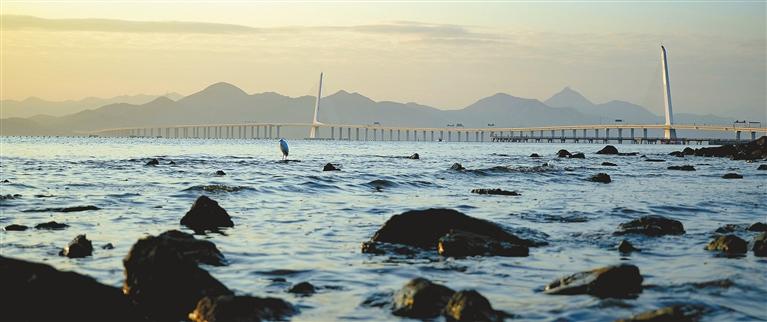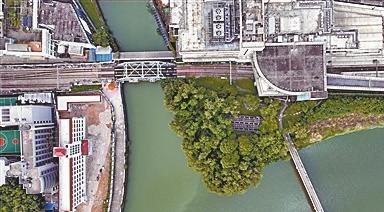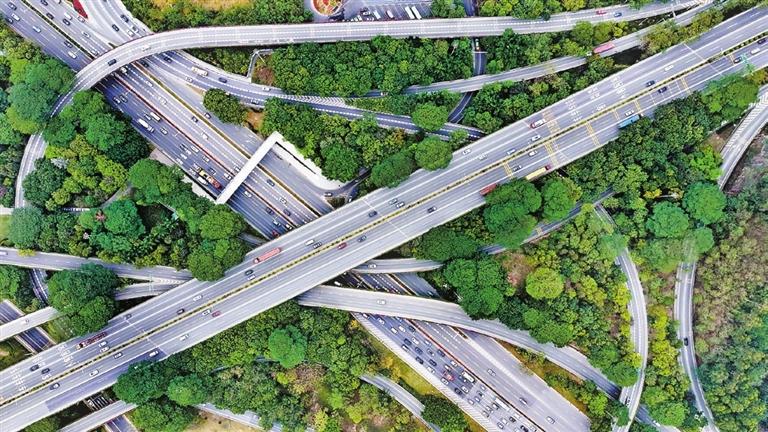


SHENZHEN is home to more than 2,900 bridges, and each one is intertwined with a story about the city’s growth. In 1955, Qian Xuesen, the father of China’s space program, and his family returned to their motherland via the Luohu Bridge. Back then, Luohu was a humble fishing village and its bridge was a dilapidated rural structure. Over three decades after their return, the completion of the Yayuan Overpass demonstrated the rapid speed and efficiency of Shenzhen’s development in the 1990s. In 2007, the Shenzhen Bay Bridge linked Shekou in Shenzhen with Yuen Long in Hong Kong, bolstering ties between Shenzhen and Hong Kong. Later this month, the 24-kilometer cross-sea Shenzhong (Shenzhen-Zhongshan) Link will open, bringing Shenzhen closer to cities on the other side of the Pearl River Estuary. It will enhance connectivity within the Guangdong-Hong Kong-Macao Greater Bay Area (GBA). Closer ties and prosperity By the end of 2022, Shenzhen had 2,907 bridges, which equates to 1.5 bridges per square kilometer. The city leads the nation in terms of both large and extra-large bridges and overpasses. With 818 large and extra-large bridges and 531 overpasses, the city has earned the moniker “City of Bridges.” Weaving through the city’s districts, both on land and across the sea, Shenzhen’s bridge network plays a vital role in supporting the city’s economic expansion. Before being connected to the Guangzhou-Kowloon Railway in 1911, the Luohu Bridge was a stone bridge during the Ming Dynasty (1368-1644) and a wooden structure in the Qing Dynasty (1644-1912). In 1985, a double-decker pedestrian bridge was completed. Luohu Bridge linked the mainland to the outside world for a considerable part of the last century, serving as the mainland’s sole “Southern Gateway.” At the other end of the Shenzhen River, the Huanggang Checkpoint stands as China’s largest comprehensive land checkpoint and the first to remain open 24 hours a day. The Shenzhen Bay Bridge, another important link between Shenzhen and Hong Kong, has a total length of 5,545 meters — 2 kilometers of it are in Shenzhen and 3.5 kilometers are in Hong Kong. When it was completed in 2007, it was the only expressway bridge connecting Hong Kong. In the first half of 2023, passenger turnover exceeded 10 million and vehicle turnover reached 1.36 million. The time before Shenzhong Link Before the Shenzhong Link’s construction, four major bridges spanned the Pearl River Estuary. Humen Bridge, the first to span the estuary, opened in 1997, linking Nansha in Guangzhou to Humen in Dongguan. To alleviate heavy traffic on the Humen Bridge, the Nansha Bridge opened in 2019. In 2018, the 55-kilometer-long Hong Kong-Zhuhai-Macao Bridge was completed after 12 years of construction, becoming the world’s longest cross-sea bridge. The other one is the Huangpu Bridge, which connects Huangpu and Panyu districts within Guangzhou. A link to the future Geographically, the 11 cities that constitute the GBA grace the eastern and western banks of the Pearl River Estuary. Macao, Zhuhai, Zhongshan, Jiangmen, Foshan, and Zhaoqing adorn the western side, and Hong Kong, Shenzhen, Dongguan, and Huizhou line the eastern side. Guangzhou sits at the convergence point of the two sides. Shenzhen’s role in the region’s collaborative growth is pivotal. The opening of the Shenzhong Link is expected to elevate industrial partnerships between Shenzhen, Zhongshan, and Jiangmen, and usher in a new era of interconnectivity in the GBA by dismantling transportation barriers and propelling the region towards becoming an economic powerhouse. The Huangmaohai Cross-Sea Passage, the Lion Ocean Passage, and the Shenzhen-Zhuhai Link are now under construction. With streamlined intercity connectivity, the GBA inches closer to realizing the goal of becoming the “Golden Bay Area.” (Liu Minxia) | 
